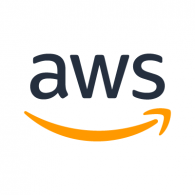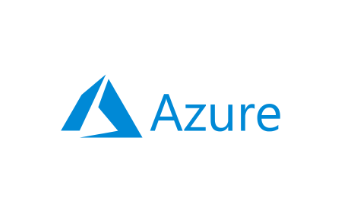Auto scaling software optimizes cloud infrastructure resources and maintains cloud performance by automatically adjusting server capacity in response to fluctuating demand. By automatically scaling resources, you can ensure performance is uninterrupted when load demand increases, as well as saving unnecessary server costs when load demand decreases. The software ensures your applications have the right resources available to handle traffic at any given time.
Auto scaling software works by monitoring key metrics such as CPU utilization, memory usage, and network throughput. Based on predefined thresholds or policies, the software can trigger the addition or removal of resources dynamically, ensuring optimal performance and resource utilization. The solutions on this list are typically integrated with major cloud platforms like Amazon Web Services (AWS), Microsoft Azure, and Google Cloud, and are also capable of monitoring and managing resources across multi-cloud and hybrid-cloud environments.
Choosing the right solution for your organization can help you maximize the benefits of auto scaling, streamline your infrastructure management, and boost the resilience of your applications. This guide will present the top auto scaling software solutions, considering their features, ease of use, integrations, and effectiveness based on our in-depth analysis and user feedback.











